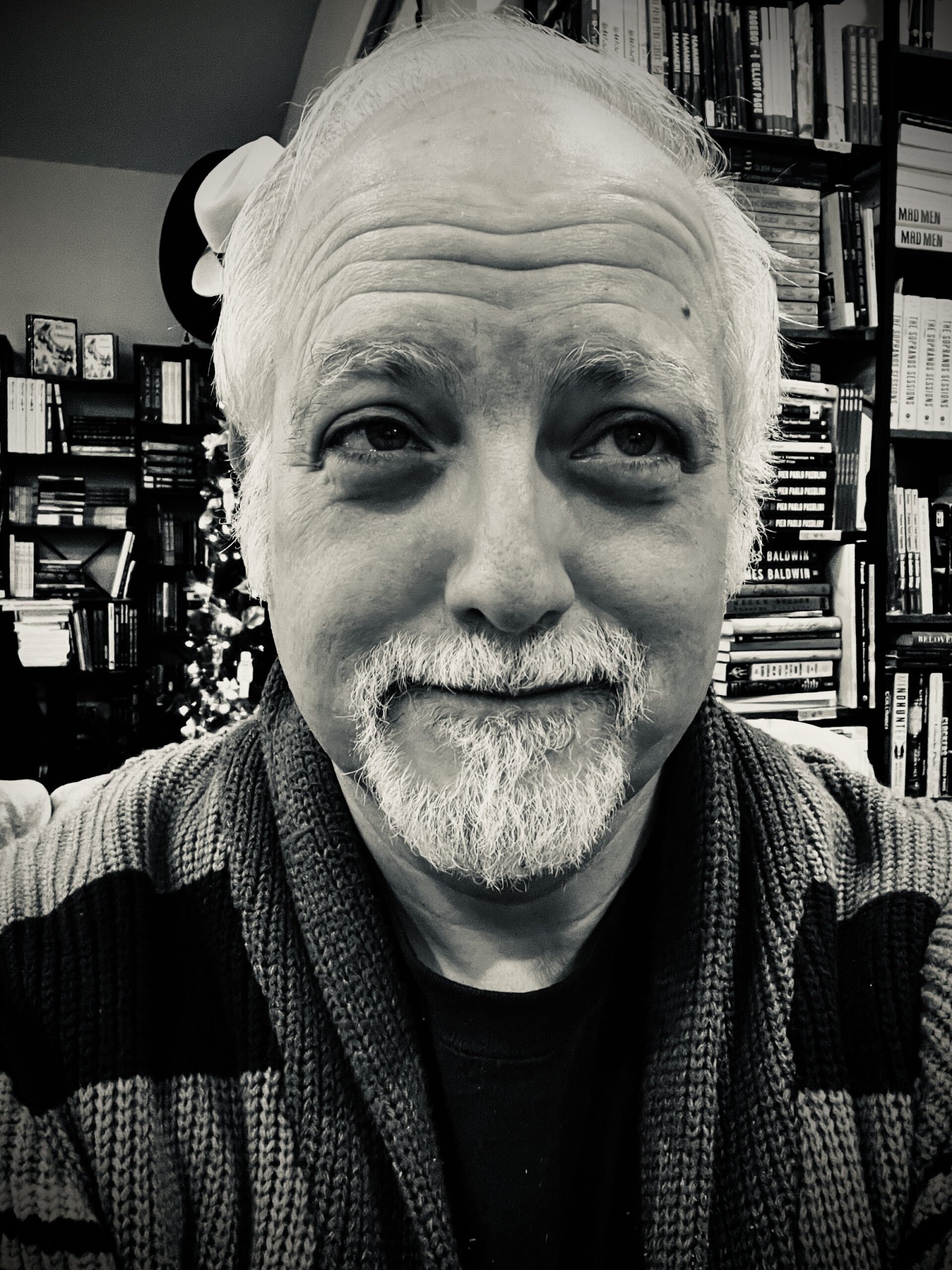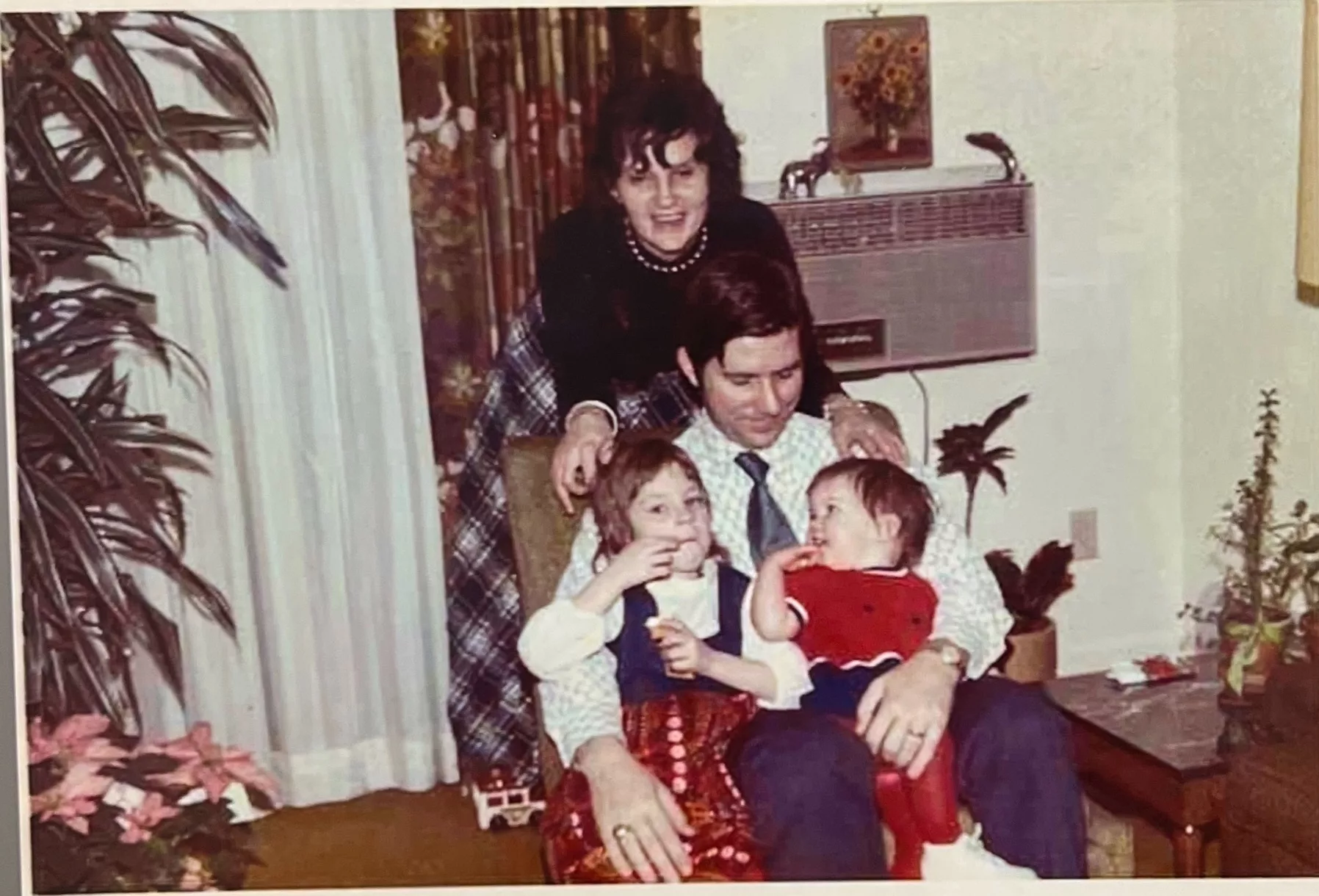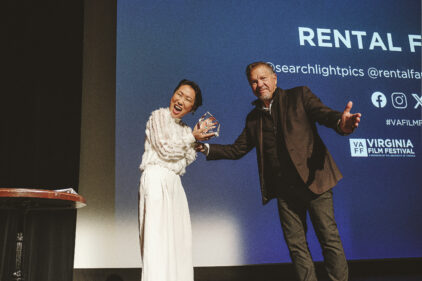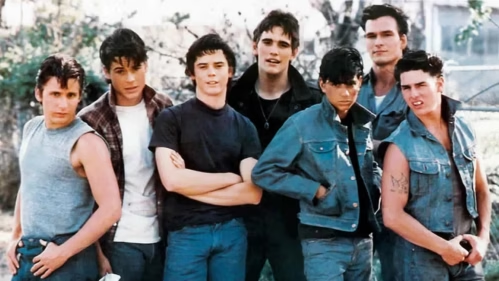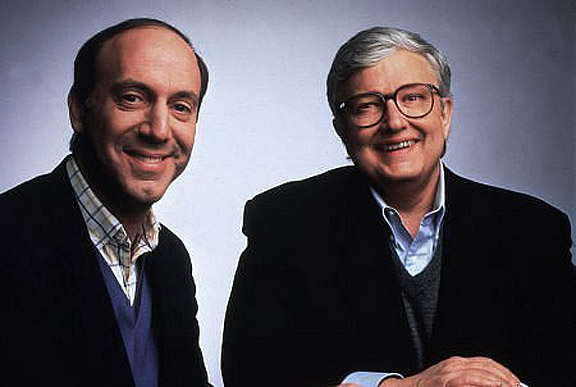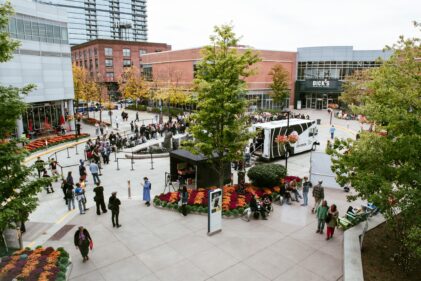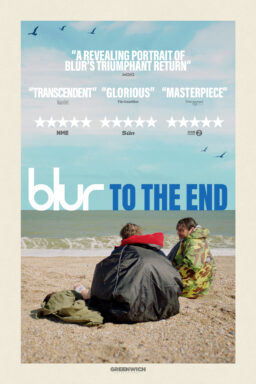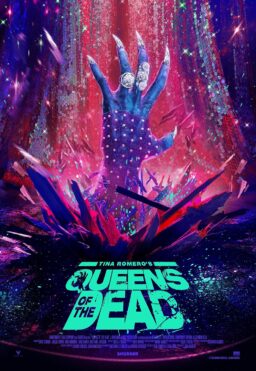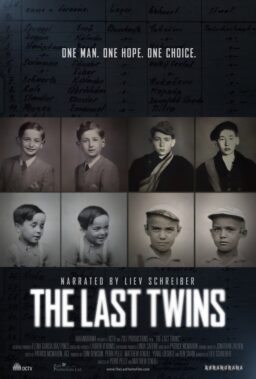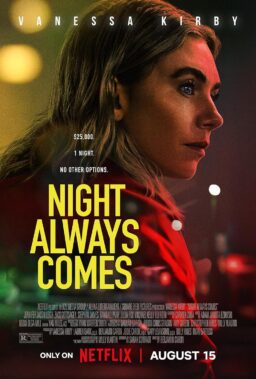Ours is an extended family with a lot of tragedy in it, but Jan Dawson’s was unique.
Jan was the mother of two daughters, Jen, the mother of my two biological children, and Nancy, who had three children by a previous marriage. I was married to both of the sisters at different points in my life. They both died young—Jennifer at 35 of a previously undiagnosed heart problem, Nancy at 53 of metastatic breast cancer. They died on the same day, fourteen years and a few minutes apart.
Jan died in late February in her eighties after several years of deteriorating health, the origin point of which was a 1985 stroke that partially paralyzed the left side of her body. In March, the extended family, including her sister Libby, met in Cincinnati for a small memorial at the home of Jan’s husband John, aka my father-in-law twice. Jack, Nancy’s son and Jan’s grandson, sang two songs in her honor, “Up on the Roof” and “Fire and Rain,” while his father Greg accompanied him on piano.
It took a long time to be able to write about Jan. Every time I sat down to try it, I was overcome with a sadness I couldn’t describe. This has never been a problem for me before. I write a lot of obituaries. Some are written on deadline. Some are of people I knew.
I think what was stopping me this time was the sense of absolute finality. Jennifer and Nancy died before their mother, multiplying one of the worst agonies that a person can endure by a factor of two. And now the mother is gone.
And so is my relationship with Jan, which lasted longer than both of my marriages, plus the years in between.
Between Jennifer’s death and my marriage to Nancy, and then again in the years following Nancy’s death, I continued to refer to Jan as “my mother-in-law” in casual conversation outside the family, even though the label ceases to have any legal or practical usefulness after losing a partner to death or divorce.
It might be more accurate to say that Jan was officially a mother-in-law during portions of my adult life, and an auxiliary mother though nearly all of it, and helped fill in some of the gaps created by my estrangement from my own biological mother. John, one of the kindest and most generous men I’ve ever known, was an auxiliary father. I was very fortunate to have had these two “alternate” parents. I would have been content just to get along with my in-laws, so this was a tremendous bonus.
John was, and is, a gregarious but measured man who tends to listen rather than talk (although he’s a good storyteller when the spirit moves him). Jan was outspoken and raucously funny and had a great laugh that you could hear from far away. When something really cracked her up, she’d laugh with her entire body, practically falling out of her chair if the joke tickled her enough. My own mother didn’t read my work and couldn’t remember what publications I wrote for. Jan read my work and would talk about it with me when I visited. She had all my books and had read those, too. Whenever I got work for a publication that put out a print edition, she’d make a point to ask John to see if they could get it delivered to the house, wherever they were living. (This wasn’t possible with local papers, but she got New York Magazine from the moment I started writing for it in 2012, and expressed concern whenever I went too long without a byline in it.)
Jan was a kick to be around. She liked to say things to get a rise out of people and then have a laugh about their reaction. Her sense of humor could be deliciously dark. Nancy loved it. They both went too far, and got a kick out of going too far. One time in college, about a year after we got together, Jennifer caught a ride from Dallas to Oklahoma City with a mutual friend, Mark, a seminary student who was bound for Kansas City. When they arrived, Mark walked with Jennifer to her parents’ front door to help with her suitcases. When Jan opened the front door she sized up Mark, looked Jennifer in the eye, and with a wry smile said, “So this is Matt’s replacement?” Mark had never been subject to Jan’s mischief before, so he stammered and blushed and began to explain himself, until Jennifer told him, “She’s kidding!” and Jan roared with laughter. (Mark officiated at our wedding four years later.)
A couple of years after Jennifer and I started going out and I’d gotten a few family trips to the Dawson house under my belt, I asked Jennifer about her mom’s sense of humor. She said Jan liked to say the stroke had removed her internal censor, but the family took this with a grain of salt because, as Jennifer put it, she was always like that, to a lesser extent. Jennifer wondered if the stroke liberated Jan to say whatever she wanted.
Jan loved crossword puzzles, television and movies, and was an avid reader, with hundreds of books in floor-to-ceiling bookcases plus a regular supply of library books that John would bring to her. Jan and John met in Chicago in the early sixties at Northwestern. Jan was studying journalism, John chemistry. They lived together in a small apartment on Chicago’s north side, in a 100-year old building. John picked up a little walking-around money playing saxophone in jazz bands. “There was a wonderful little Spanish grocery store in the neighborhood that sold tacos for 25 cents,” John said at the memorial. After a year or two, they bought a small house in Lombard, half an hour from Chicago by car. By then, John was doing lab work on the West Side for a company that he’d end up working for his entire life, American Potash and Chemical, which was be bought in 1967 by petrochemical giant Kerr-McGee. Among other things, the company sold a white pigment called titanium dioxide that was used in paints. John would later end up selling titanium dioxide, a job that required a lot of travel to other countries to help set up plants.
They moved a lot after that: to New Jersey, Mississippi, suburban Atlanta and Oklahoma City. Nancy and Jennifer were a little more than three years apart. Nancy was the older daughter. She studied music at the conservatory at the University of Cincinnati, which is where she would settle down and live for more than thirty years, get married (four times!) and have her children. Jennifer attended Southern Methodist University, which is where I met her. Jan’s favorite house was the one in Stone Mountain, John said. “She probably liked that as well as any place that we lived.”
It was in Oklahoma City, where Kerr-McGee was headquartered, that Jan had her stroke, in 1985. “Her father died of a stroke, and she had some habits that were probably not the best,” he told me later. These included smoking, which, many decades after having given it up, Jan told me she missed.
John was in China when the stroke hit. Nancy was away at school. It fell upon Jennifer, then 14, to manage the details of the crisis and take care of her mother until her father came home.
I didn’t know until John told that story at Jan’s memorial that Jennifer was the only family member present when the stroke happened. To me, it explains a lot about why Jennifer was invariably cool and focused during crises all through our life together. It also explains why she was specifically good at managing medical crises and, in her thirties, volunteered at Ground Zero after 9/11, serving food to rescue workers. Around 2005 she started talking about going to nursing school. She never got a chance to enroll.
“Jan really fought the effects of the stroke,’ John said. “For a long time, she walked around the block every day, very slowly, using a cane.” She was “pretty mobile” when they left Oklahoma City and bought the house in Cincinnati to be closer to Nancy and the kids and to create a central hub where all the grandchildren could gather for holidays and other family events. John and Jan moved into the Cincinnati house in early 2006. Jennifer was gone by April. Jennifer got to see the outside of the new house—I can’t remember if it was at Thanksgiving or Christmas of the preceding year—but never set foot inside it.
Jan’s health got a bit worse after a doctor talked her into using a new kind of leg brace. “One night, Jan was trying on the brace and walking around her sitting room,” John said, “and she fell and broke her ankle, and that was kind of the beginning of the end. She had surgery, had a plate put in, and then she had physical therapy and so forth, but if you go through a period of not being mobile, you lose a lot. And she developed a wound on her lower leg, on her ankle, that wouldn’t heal.” They became convinced that the problem was a metal plate in her heel that had been installed after the fall. They finally convinced the surgeon to remove it. Jan healed after that, but great damage had been done.
I also feel pretty sure that part of her physical decline could be blamed on losing one daughter, learning to live with the pain of the loss over the next decade-plus, then losing the other one. When I raised the possibility to John, he said, “Yeah—there might be something to that.” I can’t imagine losing one child, let alone two. I know other people who’ve lost multiple children. It ages you, literally makes you sick, keeps you up all night wondering what you did in this life or another one to deserve such suffering. A lot of people who’ve been through that don’t last a year. Jan outlived Nancy by five years. The determination required to do that while battling increasingly severe health problems is beyond my comprehension.
“She struggled with the effects of the stroke for decades,” John told me, “but she only got into a lack-of-mobility situation in the last two or three years of her life.” It got to the point where she couldn’t get in or out of John’s car without a lot of maneuvering and lifting. She watched less TV, read fewer books, and even stopped doing crossword puzzles. Close to the end, she’d sit and stare out of the windows. John said that it became clear that she didn’t want to go on like that, and she didn’t. He was there for her every day, with diligence and patience. I’ve never seen a husband more devoted.
The day after the memorial, I asked John how he was doing. “I don’t know yet,” he said. “It’s strange living here alone in this big, quiet house.”
